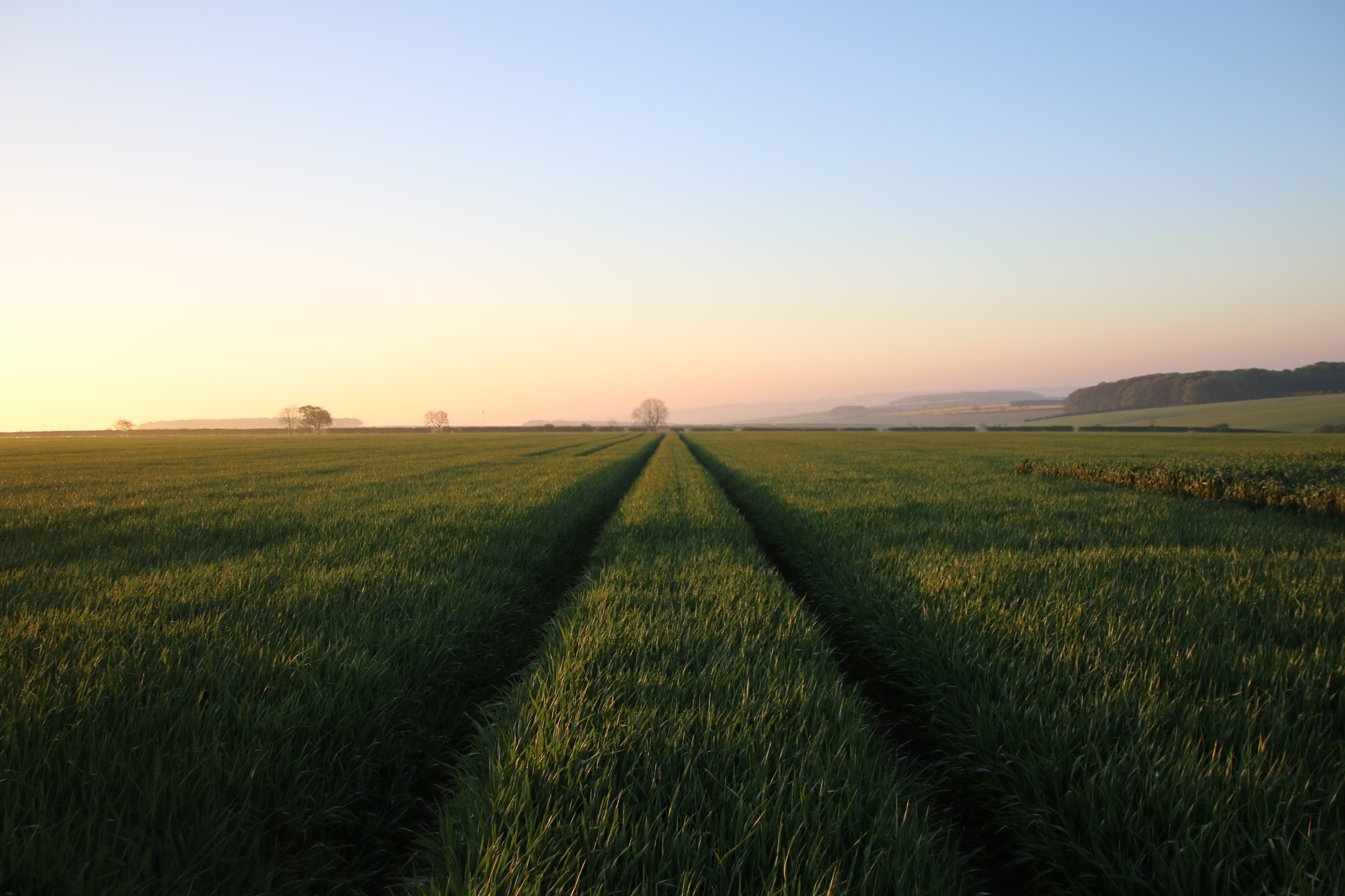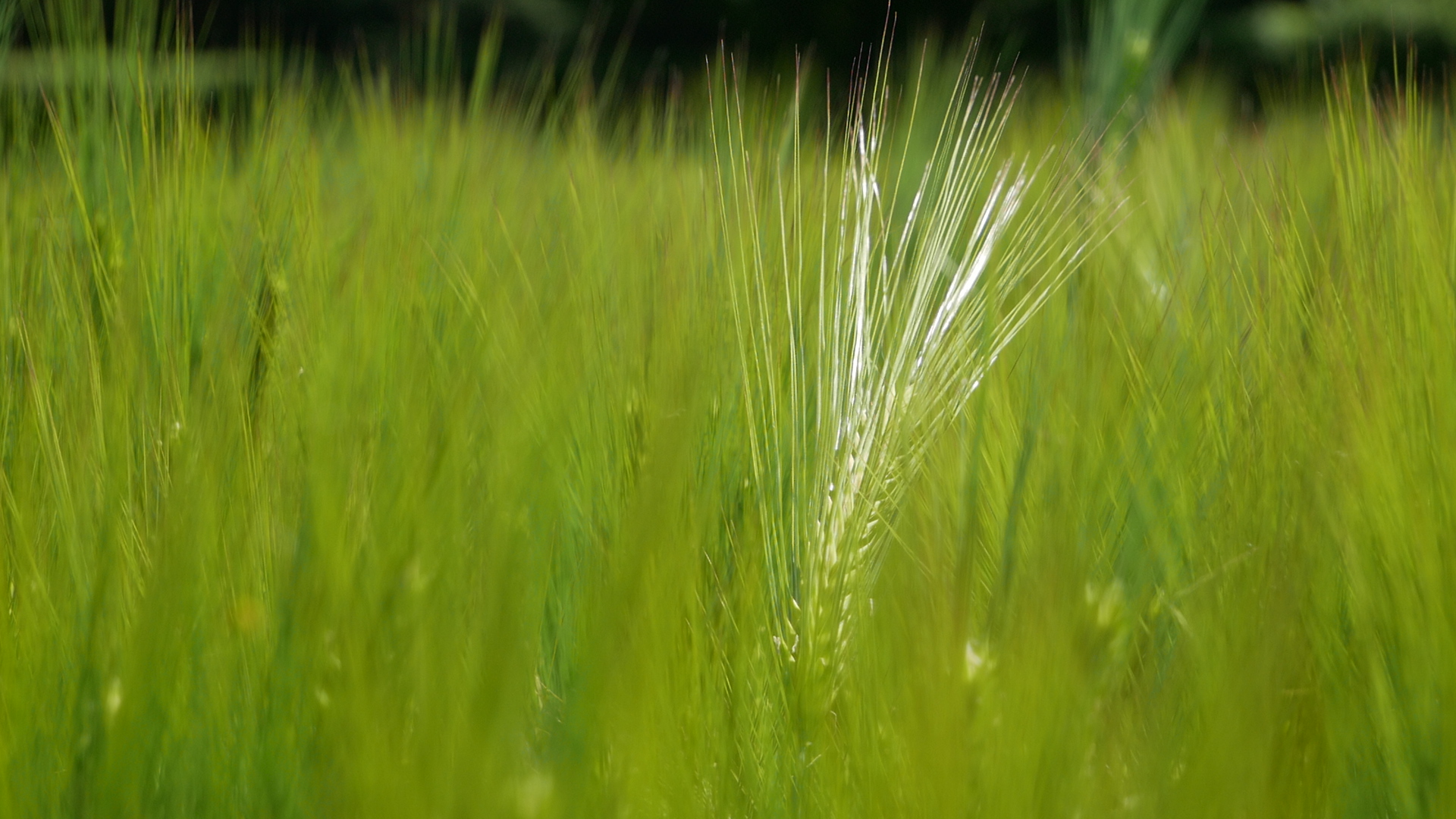New generation of varieties forging winter barley's future
A new generation of winter barley varieties now coming forward could add much to both growers’ rotations and margins whilst helping them achieve greater crop diversity, says Dr. Kirsty Richards of KWS.
Investment in breeding is delivering much higher yield potential than previously with the leading two-row varieties now offering yields comparable to those achieved by the best six-rows with improved agronomic features as well, she says.
“KWS Tardis created a bit of a stir when it was added to the 2021/22 RL at the end of last year. Not only was it the highest yielding 2-row on the list, it was also producing yields equivalent to many six-row hybrid varieties.
“For many growers this means if you get management and variety choice right there’s no reason why a conventional two-row barley cannot now be a more profitable cropping option than a second wheat.
“Variable costs can be 75% of wheat plus barley straw has a higher sale value than wheat which, at about £65/t baled ex-field can add an extra £180/ha to above the sale price of grain.
“Winter barley is often the first crop to be harvested, helping to spread the summer workload and make way for cultivations so for many there is no better entry for oilseed rape.
“In addition, fungicide timings are typically a week earlier than wheat, helping to spread the sprayer workload and reduce the pressure on wheat application timings.”
Our latest variety KWS Feeris is a conventional 6-row winter barley that brings BYDV tolerance to the market in a realistic package!
Increasing yields
KWS Tardis follows a line of 2-row barleys that have been steadily pushing yields higher in recent years with varieties like KWS Cassia and KWS Orwell proving very popular with growers, she explains.
“With over 10 years’ service under its belt, KWS Cassia has served feed barley growers well but many realise the newer varieties can deliver so much more.
“RL-listed KWS Hawking, for example, is an ultra-reliable high-yielding low-risk variety, with strong straw and no agronomic weaknesses that takes 2-row feed yields up a notch.
“At 103% of control in the 2021/22 RL, it’s a variety recommended for the whole of the UK, but experience has shown it’s at its best in the East where it has delivered 105% of control in KWS trials.
“Not only does it deliver on straw strength over KWS Gimlet, it has better lodging resistance than LG Mountain and Jordan, and at a score of 5, better mildew than KWS Orwell.”
Improved agronomic benefits
An added benefit is that KWS Hawking is an earlier maturing type, Kirsty Richards explain.
“In our own KWS UK trials for the past 2 seasons, the variety has been significantly ahead of its stablemates by reaching ear emergence in May.
“At 106% of control in the current UK RL, it’s the highest yielding 2-row barley by some margin but it’s only 1% behind the highest yielding six rows and hybrids.
“It absolutely flies in the East being beaten by just one hybrid six-row variety on the entire RL and then only by 1%.
“In the field KWS Tardis is very vigorous getting out of the blocks quickly with good standing power being the only variety on the RL with just 1% lodging without PGR.
“Overall, its resistance to lodging score is 8 which plays a key role in its levels of performance on heavier soils, which is 110% of control in the RL, where it outyields everything bar one hybrid.
“Agronomically, it’s a medium height variety at 92cm with a really strong disease package including a 7 for Rynchosporium resistance and a 5 for net blotch plus it’s BYMV resistant.”
New BYDV tolerant high yielder
As to the future, it’s not all going to be about high yielding 2-rows from KWS’ perspective, Kirsty Richards says.
“Our latest variety KWS Feeris is a conventional 6-row winter barley that brings BYDV tolerance to the market in a realistic package.
“It’s a variety suited to all regions of the UK. Like other 6-row barleys, KWS Feeris has excellent yield potential but really stands out in the West.
“It has a good all-round disease package including 7 for Rhynchosporium and 8 for net botch coupled to BYMV resistance and BYDV tolerance. KWS Feeris is reasonably tall-strawed at 94cm but a good 5-10cm shorter than commercial hybrid 6-rows.
“It’s a great variety in itself but when coupled with the added benefit of BYDV tolerance, it provides excellent risk management for barley growers in high pressure hotspots and those looking to push drilling as early as possible.”
Your consultants






